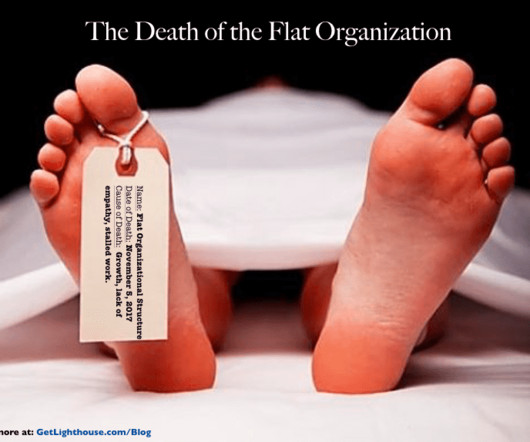5 Difficult but Feasible Steps to Reverse the Climate Crisis
UVA Darden
JUNE 15, 2023
The scale and scope of the crisis leads many to paralysis. But targeted public and private investment can help rapidly scale these new technologies while simultaneously halting further deforestation of critical carbon sinks, valuable for absorbing more carbon than they release. His latest book, Can Business Save the Earth?













Let's personalize your content